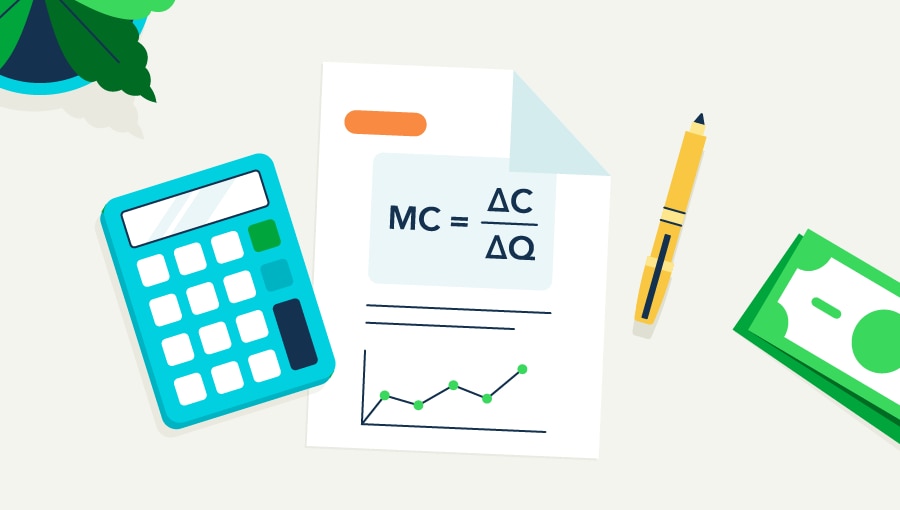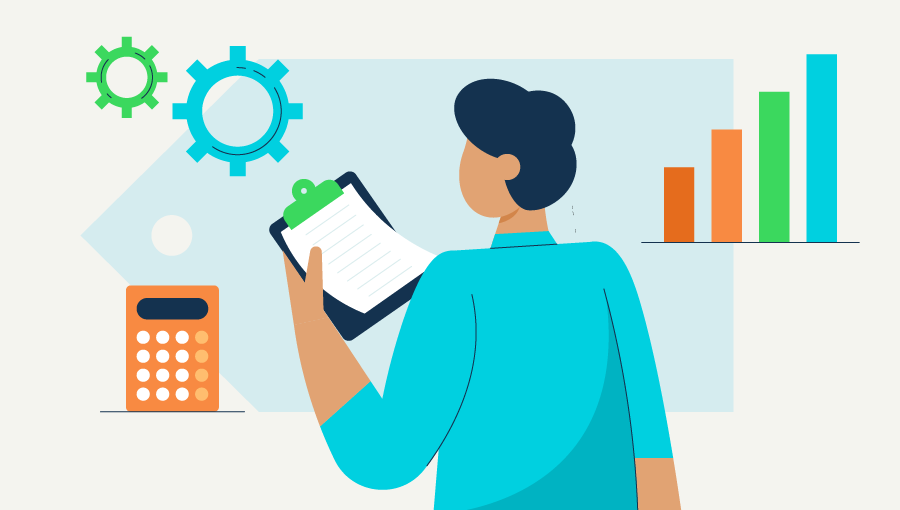Alternatives to price skimming
Price skimming is a legitimate pricing approach used to maximize profits and reach different consumer segments. However, it's not the only option, and businesses should be aware of potential legal pitfalls, such as price gouging and predatory pricing, as well as the importance of distinguishing it from price discrimination.
If price skimming doesn't align with your business goals or market conditions, consider these alternative pricing strategies:
Penetration pricing
Set a low initial price to gain market share and attract a large customer base quickly. Penetration pricing can be effective for those products with high price elasticity, meaning demand is sensitive to price fluctuations.
Value-based pricing
Price your product based on its perceived value. In order for this strategy to be successful you’ll need to do market research and be sure you understand your target audience's level of price acceptance.
Competitive pricing
Competitive pricing is a popular pricing strategy involving setting your prices in line with or slightly lower than your competitors. This approach can be effective in attracting price-conscious customers.
Cost-plus pricing
The cost-plus pricing strategy entails calculating your costs and adding a markup. While this approach ensures you are covering your expenses, it may not be the most effective way to maximize profitability.
Dynamic pricing
Assess factors like demand, inventory levels, competitor prices, or customer behavior and adjust your prices accordingly. Dynamic pricing allows you to optimize pricing for maximum profitability.
Freemium pricing
Offer a basic version of your product or service for free, while charging for premium features or additional functionality. This can entice new customers to try your product or encourage existing customers to upgrade.
Subscription pricing
Subscription pricing, which involves charging customers a recurring fee for access to your product or service, is another alternative to price skimming. This model can generate a predictable revenue stream and cultivate customer loyalty.














